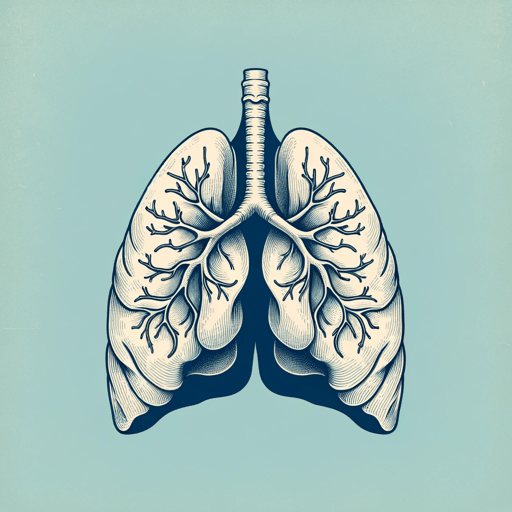36 pages • 1 hour read
James NestorBreath: The New Science of a Lost Art
Nonfiction | Book | Adult | Published in 2020A modern alternative to SparkNotes and CliffsNotes, SuperSummary offers high-quality Study Guides with detailed chapter summaries and analysis of major themes, characters, and more.
Part 2, Chapters 3-7Chapter Summaries & Analyses
Part 2: “The Lost Art and Science of Breathing”
Chapter 3 Summary: “Nose”
Chapter 3 focuses on the health benefits of nasal breathing. Dr. Nayak surgically removes the obstructions in Nestor and Olsson’s noses. After describing the mess in his sinuses, Nestor explores the pleasure of nasal breathing and its sensory connections to our wider environment.
Nestor next addresses the vital functions of the nose. Ancient texts describe the “rhythms” of the right and left nostril, each serving a particular function that balances the body and parallels the “rhythms of the cosmos” (40). Scientific studies also describe the distinct uses of the right and left nostril, which activate different parts of the brain. Turbinates—bones along the inside of the nasal cavity—make nasal breathing more efficient than mouth breathing: “Working together, the different areas of the turbinates will heat, clean, slow, and pressurize air so that the lungs can extract more oxygen with each breath” (45). Moreover, nasal breathing helps boost nitric oxide, “a molecule that plays an essential role in increasing circulation and delivering oxygen into cells” (50).
Nestor also uses cross-cultural examples to highlight the importance of nasal breathing. George Catlin, who spent years living with different Native American societies in the early 19th century, documented their traditions and ways of living.

